
In a day and age where we utilize vaccines to safeguard ourselves against illness and disease, it comes as no surprise to know that new vaccines, for a myriad of things, are constantly being conceived, created, and tested. What may come as a surprise is this—recently, it was published that scientists are working on a vaccine that could combat drug addiction.
This is a surprising revelation in the realm of addictions studies. One, which if successful, could greatly change the face of treatment and recovery as it is known today. No longer would vaccines treat only communicable illnesses or diseases—they could be utilized to treat and prevent the devastating effects of substance abuse and drug addiction—a growing epidemic that affects the lives of countless people in America today.
Dr. Nora Volkow Director of The National Institute on Drug Abuse (NIDA) elaborated on the potential of this method for treating addictions. “Vaccines have a unique role to play in a comprehensive strategy to help people overcome addictions. A successful vaccine will make it easier for addicted individuals to establish and maintain abstinence. It will reduce the chances that isolated lapses into drug taking escalate into protracted relapses.”
Rising Rates Of Drug Abuse, Addiction, And Overdose
Currently, within the United States prescription drug misuse and abuse is on the rise. It is estimated that roughly 6.1 million Americans misuse prescription drugs within a single month. The severity of this echoes the catastrophic toll that opiates, including heroin, take on our citizens on a daily basis, including the risk of overdose and death.
Opioids are most commonly prescribed for pain management. They have properties that are chemically similar to their illicit counterparts; in fact, this dangerous similarity provides a frightening opportunity for prescription drug abusers to progress into more severe use, such as heroin; it is theorized that this is for two reasons: it is often cheaper and it is easier to obtain.
Overdose, from both prescription and illicit drug use is also on the rise. With the advent of increased availability—the number of prescriptions for opioids alone has climbed to be an estimated 200 million every year. The CDC states that “since 1999, the amount of prescription painkillers prescribed and sold in the U.S. has nearly quadrupled,” they further expound on this dangerous trend, stating that “every day, 44 people in the U.S. die from overdose of prescription painkillers.” Paired with the dropping price of highly addictive drugs, like heroin—the numbers and severity of substance abuse, addiction and overdose are steadily rising.
NIDA statistics show that in 2011, “4.2 million Americans aged 12 or older (or 1.6 percent) had used heroin at least once in their lives. It is estimated that about 23 percent of individuals who use heroin become dependent on it.” Heroin use carries a great risk of dependence and overdose. The CDC found that “between 2002 and 2013, the rate of heroin-related overdose deaths nearly quadrupled, and more than 8,200 people died in 2013.”
Research At The Forefront Of An Epidemic
New research is constantly searching for ways to combat this growing threat. This past February, Dr. William Compton, deputy director of NIDA addressed the American Association for the Advancement of Science at a conference in Washington, DC. Within this panel discussion, “Neuroscience Clues to the Chemistry of Mood Disorders and Addictions,” Compton spoke of the growing threat of prescription drug and heroin addiction.
In addition to the immunization, other alternative venues for treating drug abuse are gaining momentum. Compton spoke of a buprenorphine implant, called Probuphine, which a medical panel heavily recommended to the FDA earlier this year. The implant utilizes a minimally invasive approach to insert small rods—similar to certain birth control methods—under the skin which deliver a regulated dose of this chemical to help manage opioid addictions and withdrawal symptoms.
For a person that uses either prescription or illegal drugs, they are most commonly seeking the high. This “high” is due to the body’s physiological response as the drug’s chemical components move from the blood, or circulatory system, to the brain. This movement through the blood-brain barrier is responsible for causing the euphoric feelings that a user seeks. Today, research is directed at halting this transition- what Compton calls the “intoxication reinforcement.” It is theorized, if the drug’s movement between these two areas ceases, resulting in a lack of a “high,” then a user would discontinue using the drug, Compton believes this treatment “holds promise.”
Currently, there are some treatments that utilize a portion of this approach —by forestalling the drug’s effect and negating pleasurable response, or the high. These opiate antagonists include Buprenorphine, Naltrexone, or Suboxone; a combination of buprenorphine and naloxone. However, this approach carries some criticisms and risks; with all, the success depends on the individual seeking medical help on a regular basis, as well as taking the medication on a reoccurring basis (some require a person to take a daily dose, or as often as every 2-3 days). These treatments may also run the risk of a person developing a dependency on them.
How Would A Vaccine Work?
According to NIDA “a successful anti-drug vaccine will induce an immune response that blocks the target drug from entering the brain. A patient who has been vaccinated will obtain no reward or relief of craving from taking the target drug, and so will have reduced motivation to continue further in relapse.” This holds startling implications in the possibilities of not only treating addictions, but in preventing the sometimes life-threatening symptoms of withdrawal, and in the worst case, overdose.
Medill Reports Chicago explained the tactic of a vaccination this way: it “would be part of a three-part strategy aimed at combating the drug addiction epidemic which includes: helping addicts, reversing drug overdoses, and preventing addiction.”
Researchers are seeking to truncate the drug’s movement from the bloodstream through the blood-brain barrier. The blood-brain barrier is one of the body’s foremost lines of defense; its purpose is to protect the brain from harmful toxins or chemicals that may be present within the rest of the body.
Unfortunately, and dangerously—the drugs that individual’s use to get high are those that can also be the most high-risk, that do succeed in passing through this barrier. Research suggests that if this vaccine is successful, medical professionals will have a way to assist individuals in seeking help to reduce or cease their drug use and addiction.
The vaccine would work by encouraging the body to create antibodies. This vaccine-antibody complex would be drawn into a B-lymphocyte, which is responsible for forming antibodies. According to NIDA, the B-lymphocyte “transforms into a plasmocyte, which manufactures and releases anti-drug antibody.” These plasmocytes are then cloned. In turn, vast amounts of the anti-drug antibody are flushed throughout the body’s bloodstream, providing a line of defense against drug use.
Once within the bloodstream, these antibodies bind to the drug molecules, this is effective for one important reason: once attached, the drug molecule can no longer pass through the blood-brain barrier, because, as NIDA elaborated “the compound drug-antibody molecules are too big to go through the blood brain barrier.” They continue the explanation, stating “the drug cannot enter the brain and cannot produce psychoactive or addictive effects.”
This is theorized to work if the response created is consistently strong and long-lasting. NIDA explained that “to prevent the drug from having psychoactive effects, the antibody blood concentration, or titer, must be high enough to intercept all or almost all of the target drug molecules before they reach the blood-brain barrier.” This titer must remain at a stable, optimal level for extended periods of time in order to allow for what could be the necessary booster shots to be administered successfully.
If this succeeds as scientists purport and researchers are able to gain approval for a vaccine that would have this effect—depriving drug users of the vastly detrimental effects of obtaining a high–then the world of drug treatment could drastically change.
How Soon Will This Treatment Become Available
Currently, the vaccine is within the testing stages; thus far it has been tested on animal subjects. This treatment still needs to undergo rigorous testing procedures; including human trials. Once this process has occurred, and if the FDA approves it, a large volume will have to be produced by a pharmaceutical company; it is then that the insurance companies would have to consent to its use by the general population. There is also the possibility, as with many new drugs, that in the beginning the price may be higher than other treatments, however, as the vaccination became more heavily prescribed, the price would likely drop.
Additionally, if this treatment becomes available for prescription, there may be certain perimeters to its use. A physician would have to dictate, by a thorough medical evaluation, that this would be the best treatment for a patient’s addiction or substance abuse.
Despite the fact that this treatment may yet be far off, these are still grounds for great excitement. As the focus and direction of addiction research is changing and broadening every day, exciting new treatments are that much closer to being able to help those who struggle with a drug addiction.
Stay On Top Of Your Treatment Options Today
 It is important with any drug abuse or addiction that you stay well-versed in the treatments and recovery options that are available to you today and in the future. If you have any questions about the potential for this new treatment, or about any existing ones, please contact us today at DrugRehab.org.
It is important with any drug abuse or addiction that you stay well-versed in the treatments and recovery options that are available to you today and in the future. If you have any questions about the potential for this new treatment, or about any existing ones, please contact us today at DrugRehab.org.
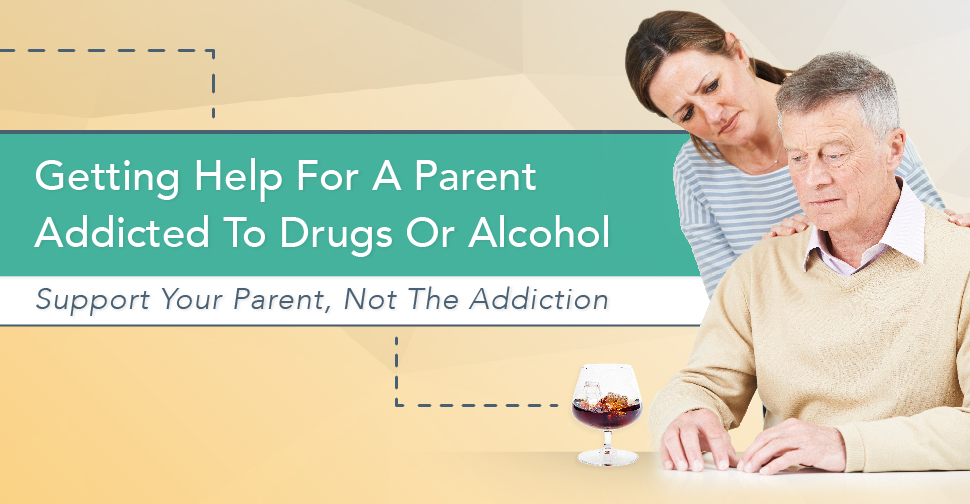
 Addiction negatively impacts the lives of millions of people every day. If you need help finding relief for a parent addicted to drugs or alcohol, the caring staff at DrugRehab.org is here to help. We can connect you with rehab centers, provide conversation guidance, and offer more ways to help your parent regain control of his or her addiction. Contact us today.
Addiction negatively impacts the lives of millions of people every day. If you need help finding relief for a parent addicted to drugs or alcohol, the caring staff at DrugRehab.org is here to help. We can connect you with rehab centers, provide conversation guidance, and offer more ways to help your parent regain control of his or her addiction. Contact us today.


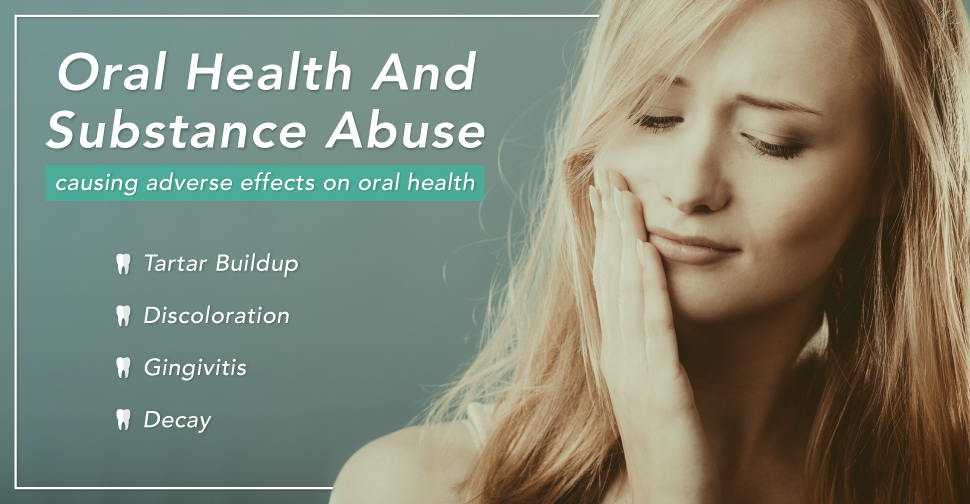

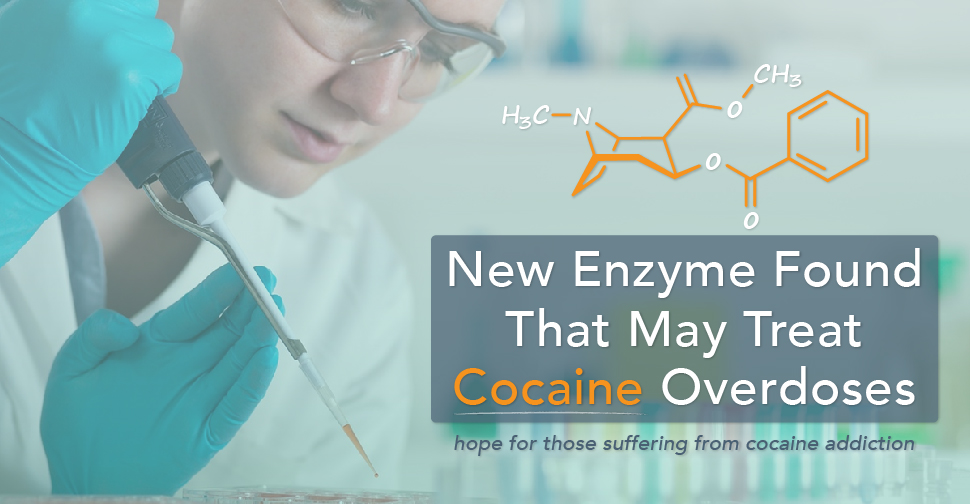



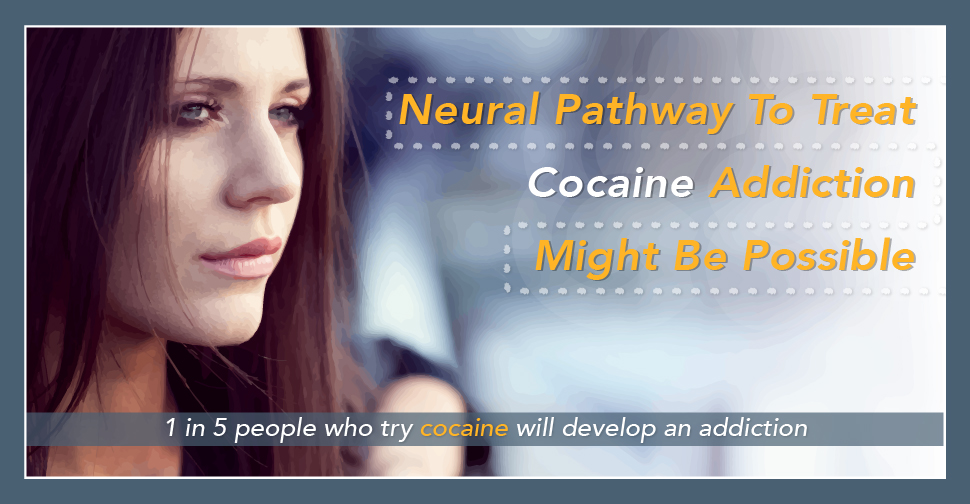
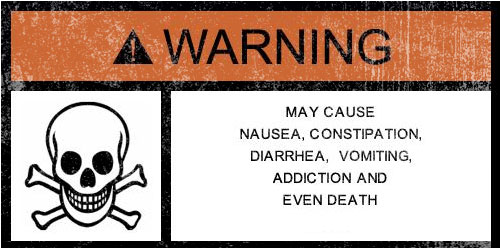
 However, all is not lost entirely once recovery crests the horizon. Some of the damage may even be reversible. In addition to ceasing all chemical abuse, and the other elements requisite of successful treatment, recovery needs to include proper diet, regular
However, all is not lost entirely once recovery crests the horizon. Some of the damage may even be reversible. In addition to ceasing all chemical abuse, and the other elements requisite of successful treatment, recovery needs to include proper diet, regular